Urban wildlife: how noise and light pollution affect birds
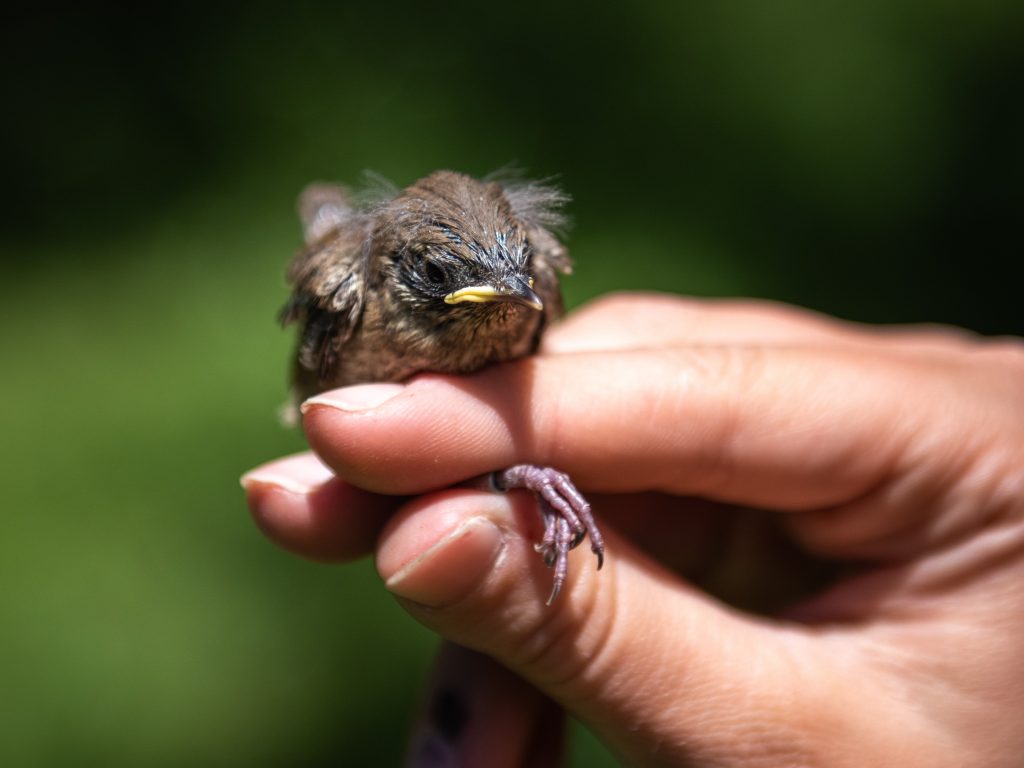
New research has shown that birds in urban cities are adapting to noise and the light. Biologists wonder: can pass on these adaptations in their genes?
A time for healing: Hawaii’s coral reefs rebound during COVID-19
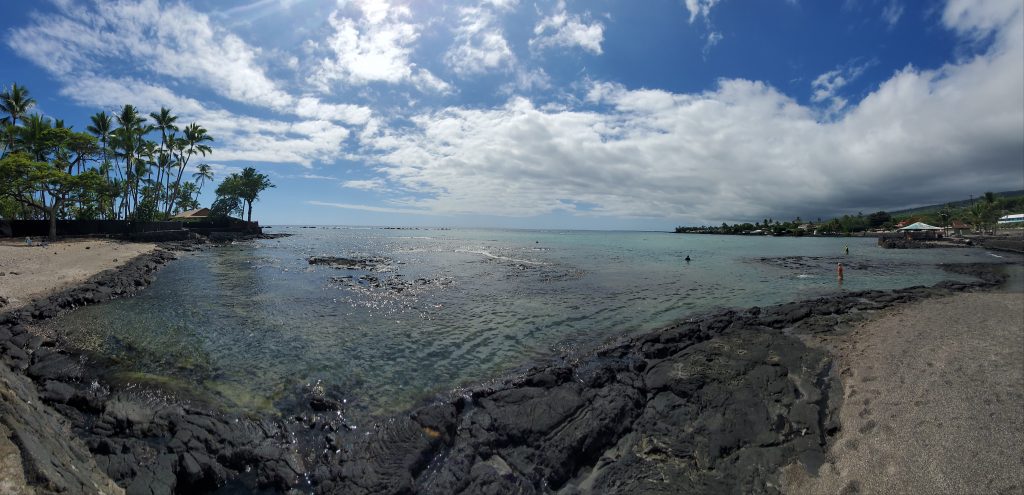
A silver lining outcome of the COVID-19 pandemic? Coral reefs in Hawaii may be becoming healthier with fewer swimmers in the water.
Bringing back the Lahontan cutthroat trout: a story about a fluke finding, genetic study and a tribe’s hard work
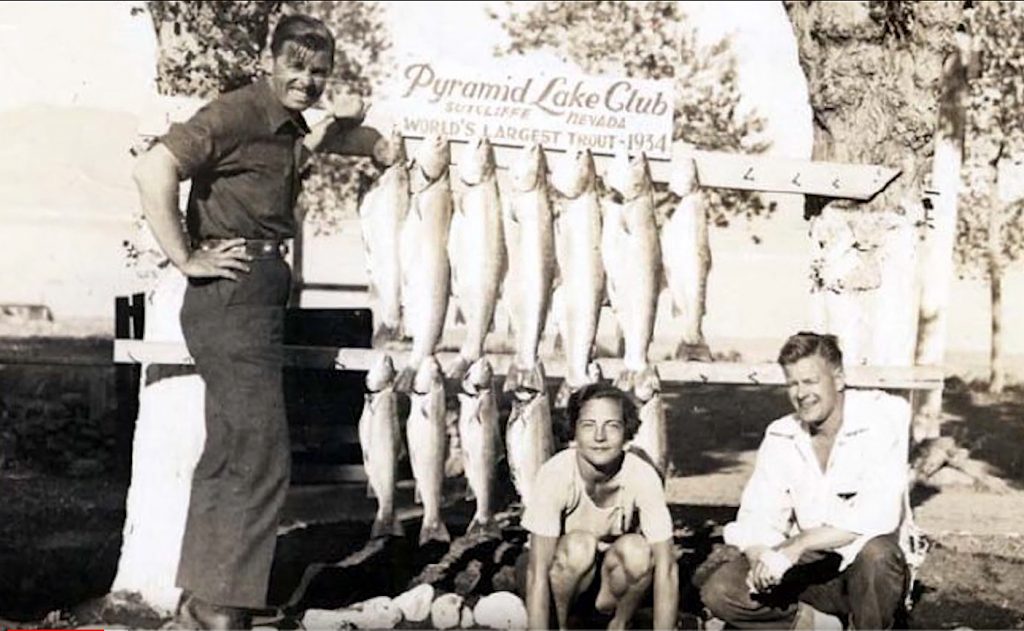
Lahontan cutthroat trout went locally extinct in Pyramid Lake in the 1940s. But some determined folks and genetic research have brought the fish back, restoring an important cultural and economic asset for local Paiute people.
The Virus Hunters: Finding animal diseases before they infect humans
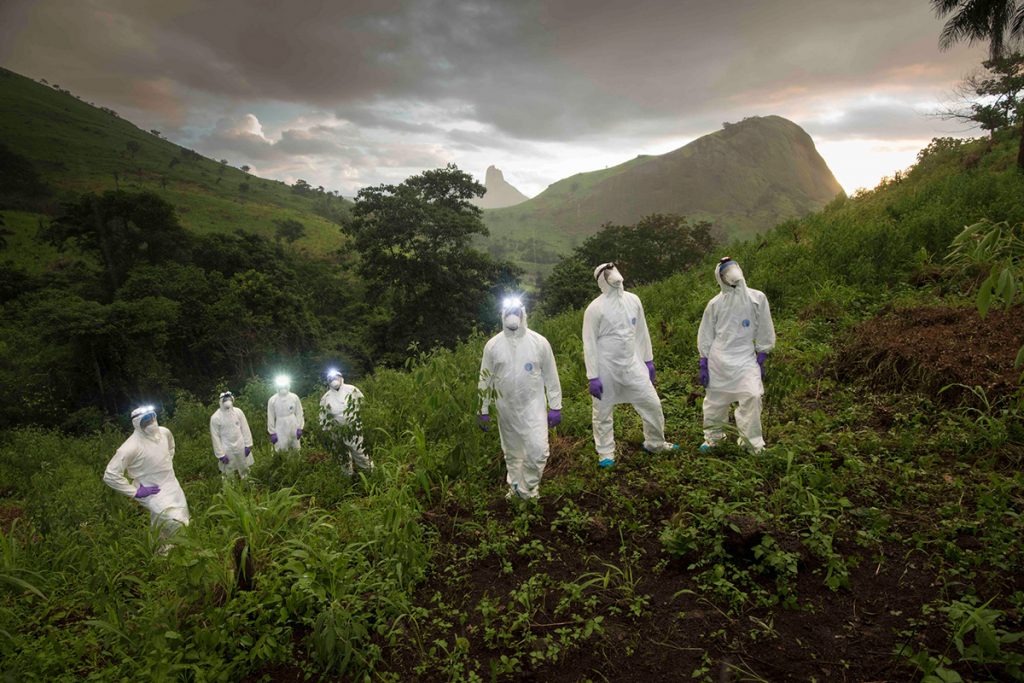
More than 60 percent human viruses originally come from animals.
For the past decade, these researchers around the globe have been working to identify risky viruses before they infect humans.
The team found a new Ebola virus in bats in Sierra Leone, and has worked with various communities to reduce exposure.
Invasive aquatic plants threaten Lake Tahoe’s clear waters
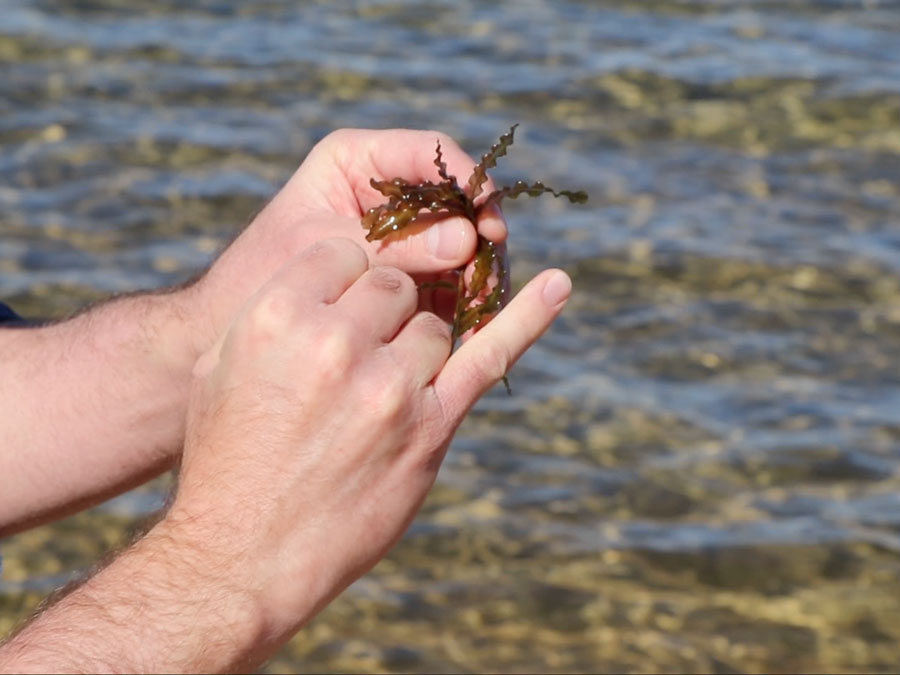
The plants look like seaweed, rising from the shallow areas of Lake Tahoe to the surface. But in this fresh-water, high-mountain lake with a $5-billion recreation economy, invasive plants threaten both the environment and an international tourist destination.
Dee the desert tortoise gets a new home
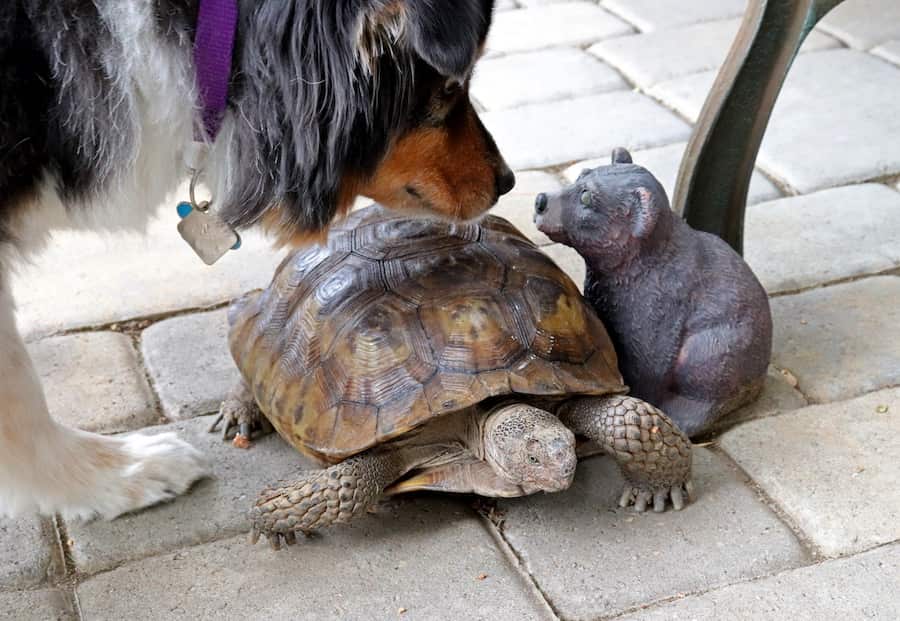
A tortoise adoption group trains people to become custodians for long-lived but endangered desert tortoises in Nevada.


